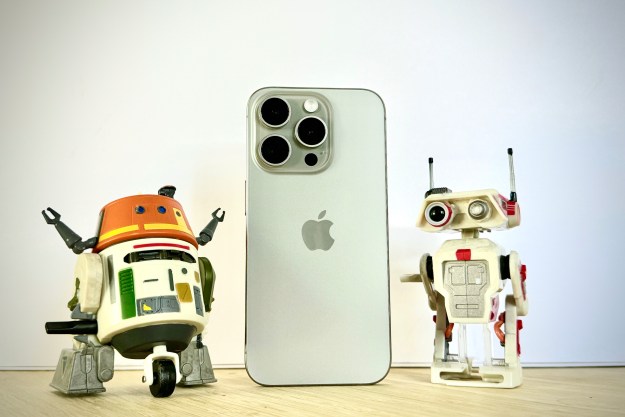Tylt, the venerable maker of aftermarket laptop and smartphone chargers, unveiled a bevy of new accessories at the 2016 Consumer Electronics Show this week. Among its product additions and refreshes is an updated VU wireless charger, fast-charging hubs for electronics of all shapes and power requirements, and a new ENERGI+ backpack with a myriad of ports.
The Turbo Portable Battery comes in a colorful variety of sizes (from 5,200mAh all the way up to 20,800mAh), and in addition to standard full-size and micro USB 3.0 ports sports two of those shiny new USB Type-C that’ll become all too common in the coming months and years. It supports simultaneous charging via a Type C and Micro USB, and better still charges certain devices rapidly — phones that support Qualcomm’s Quick Charge 2.0 technology recharge from 0-50 percent in less than 30 minutes.
The Vu 2.0 wireless charger, the second iteration of TYLT’s Qi-compatible dock, packs four charging coils instead of the standard one. That’s to ensure even coverage across the entire dock, a company representative told me — a big complaint of last-gen VU owners was that smaller handsets, phablets, and devices with Qi magnets in unusual places were difficult to orient properly. Another common criticism of the old dock was its lack of adjustable hinge, which has also been addressed: the VU 2.0 has a fluid stand that can stand nearly vertically or lay entirely flat, depending on the desired angle. (If that’s too fancy for your liking, Tylt’s got a cheaper model with static stand and single charging coil.) And finally, TYLT says the Vu 2.0 charges quicker than most wireless chargers — it outputs 15W of power, or three times the amount of the previous Qi spec.
Tylt unveiled a new wall and desktop charger, too. The Turbo Smart Charger packs a 13,400mAh battery, provides 45W of power, charges in 2.5 hours, and has just about every device port type you can think of: a 2.4A USB Type-A port, Quick Charge 2.0-enabled Micro USB ports, USB Type-C ports, and options for Lightning cables. Tylt’s 50W Energi Desktop Charging Station, meanwhile, is capable of charging five devices at one time and features a removable, rechargeable 3,200mAh battery.
Last but not least is Tylt’s new Enegeri+ Backpack 2.0, a shoulder bag absolutely filled to the brim with power packs. It’s got a massive 20,800mAh removable with three USB ports, and elsewhere two Quick Charge 2.0-compatible Type-A ports and a USB Type-C port. The company says it’s TSA approved.
Pricing varies across Tylt chargers. The Turbo Portable Batteries range from $29.99 to $89.99, depending on capacity. The Vu 2.0 will go for $79.99 (the non-adjustable model, the Vu Solo 2.0, is $49.99). The Turbo Smart Chargers will retail from $39.99 up to $99.99, and the Energi Desktop Charging Station’s debuting at $79.99. And pricing for the Energi+ Backpack 2.0 has yet to be announced.
The new chargers are set for retail debut in Q2 of this year.


